Hasselblad 907X & CFV 100C review: this beauty is a BEAST
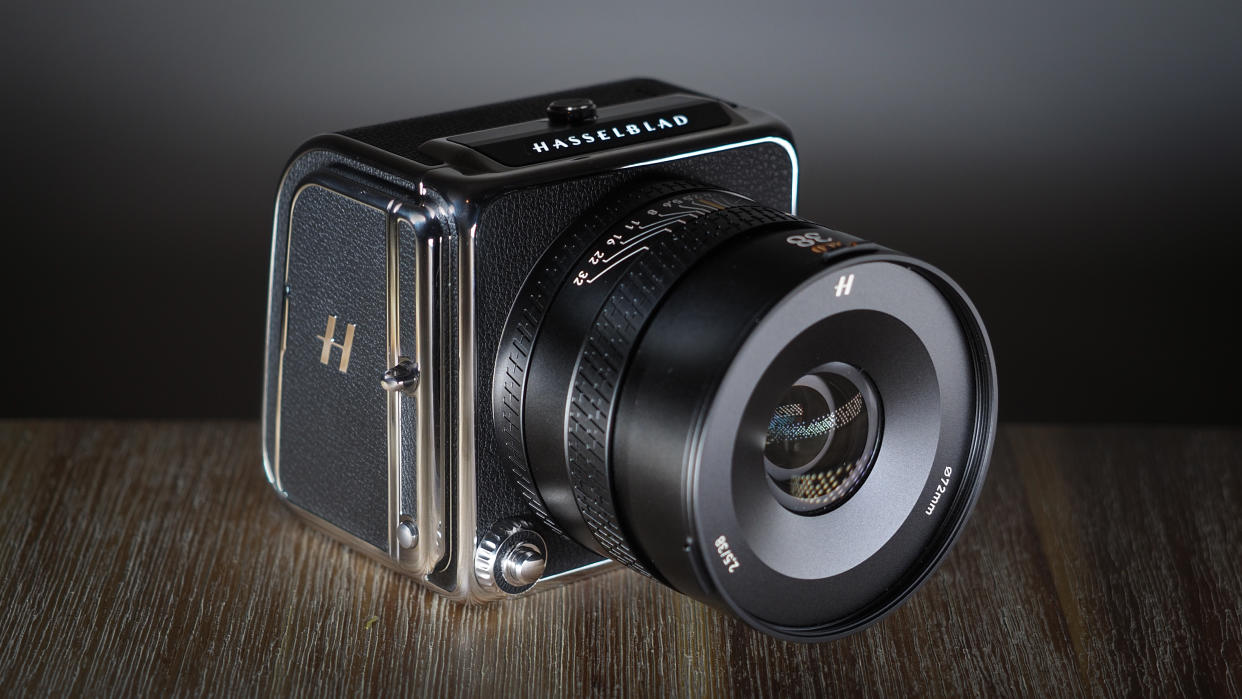
I think the Hasselblad 907X & CFV 100C is the most beautiful camera system I've ever seen. I'm an absolute sucker for vintage cameras, and for SLR-styled modern mirrorless models, but I've never been quite as smitten with the design of a camera like I have this one.
And the best thing is, this beauty is a beast. A truly unique modular system, the Hasselblad 907X & CFV 100C comprises a "camera" (the 907X) and the all-new 100MP medium format back (the CFV 100C). When combined they become a modern mirrorless camera, but the CFV 100C can also be attached to a vintage Hasselblad body (like the iconic 500C) or a technical camera – adding 100MP horsepower to these similarly unique systems.
The camera is a massive step up in performance from the previous Hasselblad 907X & CFV 50C (featuring the older 50MP digital back). That's because inside there's a lot in common with the Hasselblad X2D 100C – namely the 100MP sensor and phase detect autofocus system with face detection.
However, with the X2D being a conventional SLR-style camera, the 907X & CFV 100C has as many differences as similarities. So just who is this combo intended for, and does an old-fashioned box-style camera still have a place in the modern world?
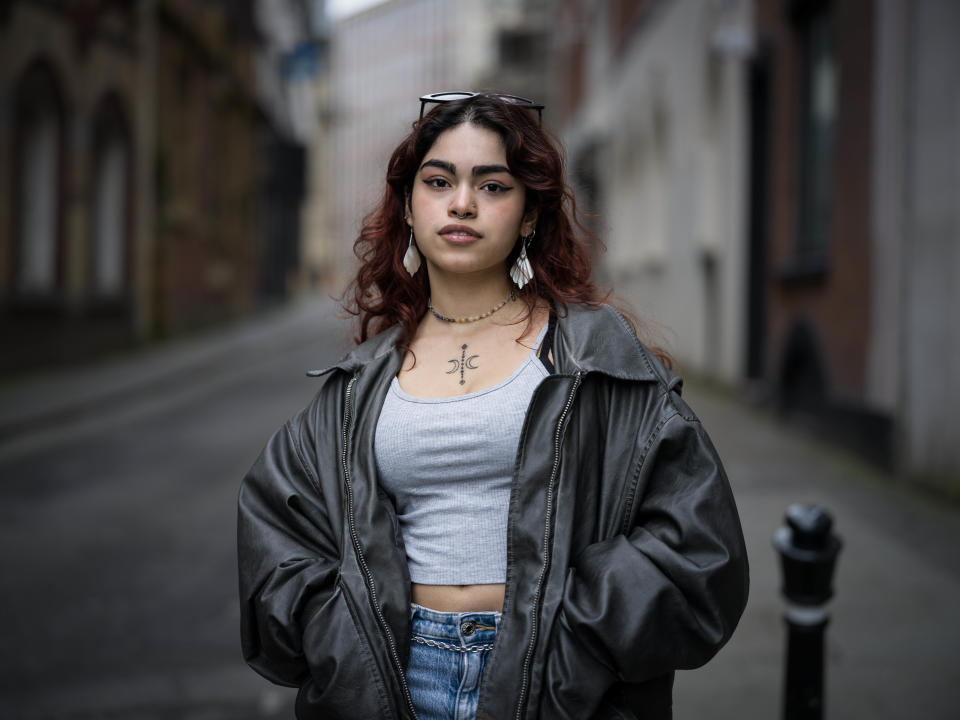
Hasselblad 907X & CFV 100C: Specifications
Sensor: 100MP back-side illuminated CMOS medium format
Lens mount: Hasselblad X System
Autofocus: Hybrid phase detect with 294 PDAF zones
Image stabilization: No
ISO range: 64 to 25,600
Video: No
Viewfinder: No
LCD: 3.2-inch, 2.36 million-dot tilting (40°, 90°) touchscreen
Memory: Internal 1TB SSD, 1x CFexpress Type B (up to 512GB)
Max burst: 3.3fps (14-bit color)
Connectivity: Wi-Fi 6, Bluetooth, USB-C 3.1 Gen2, shutter control port, flash sync input, flash sync output, ELX output, optional hot shoe
Size: 102 x 92 x 84mm
Weight: 620g body only

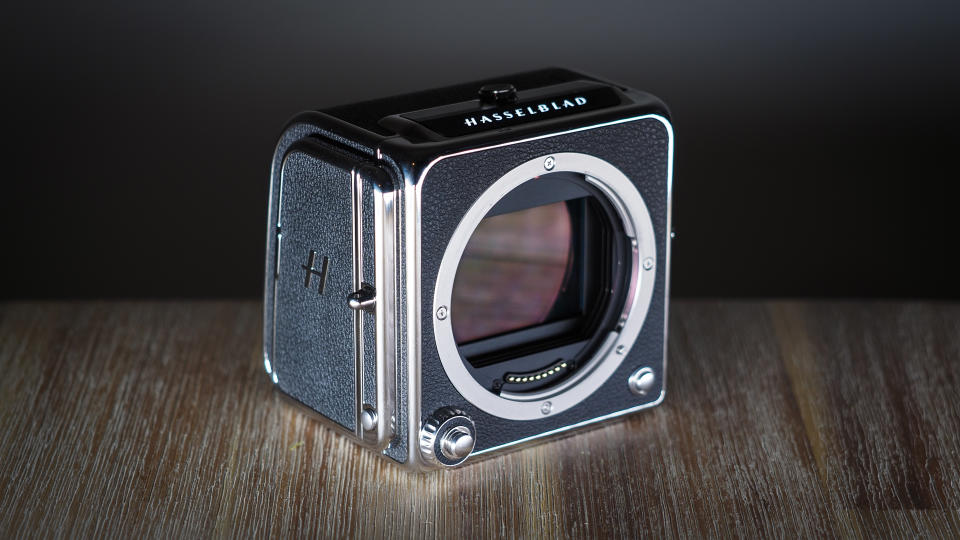
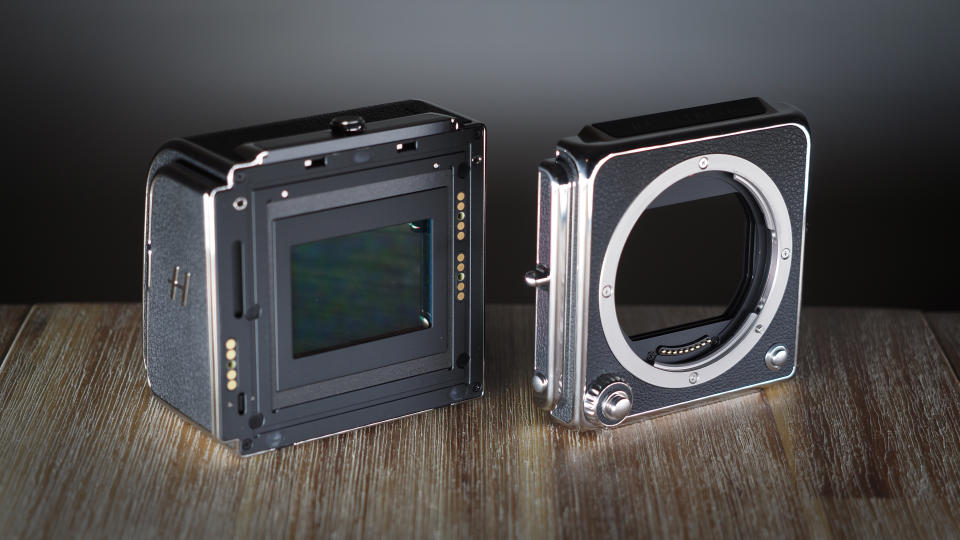
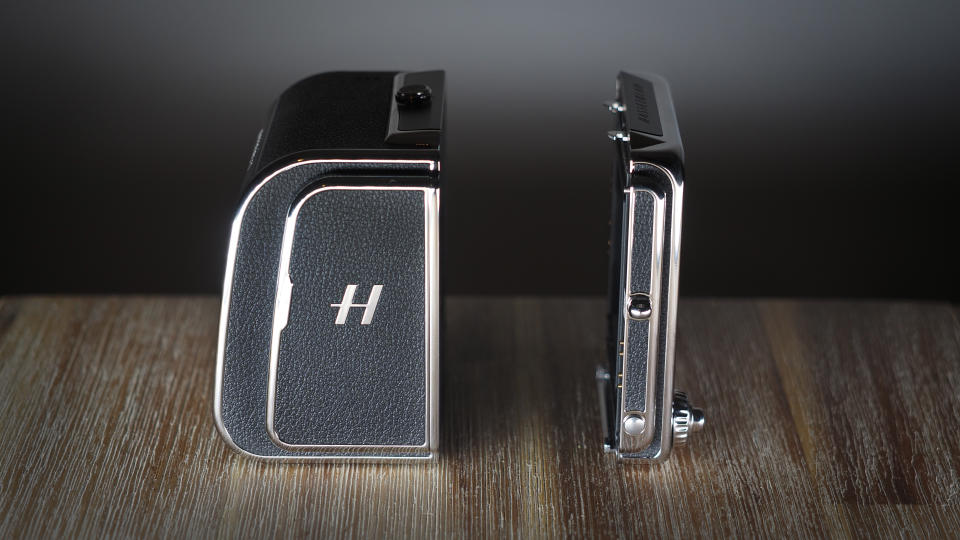
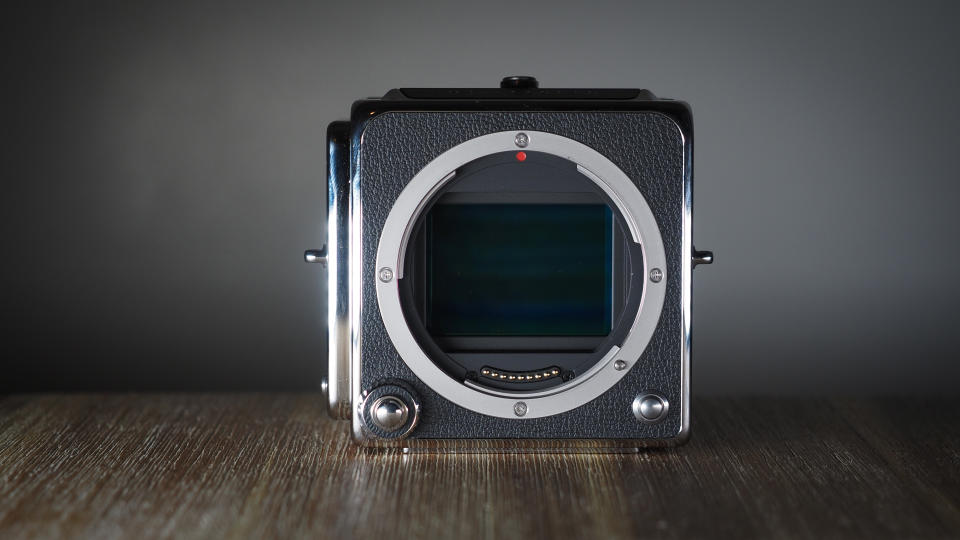
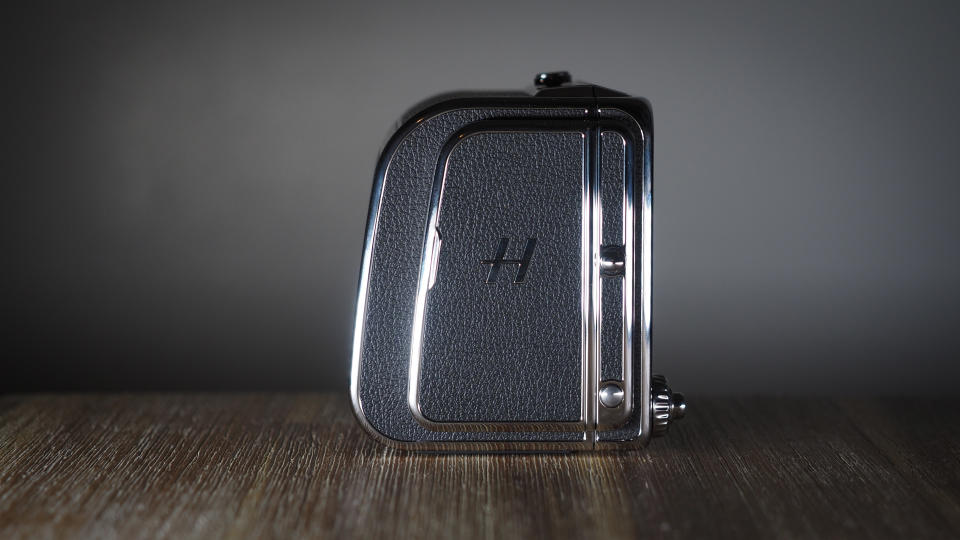
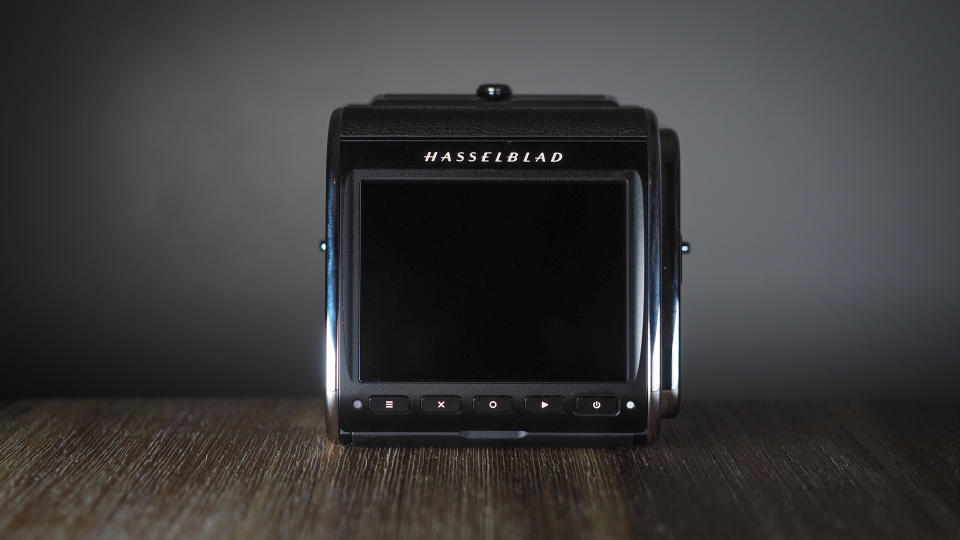
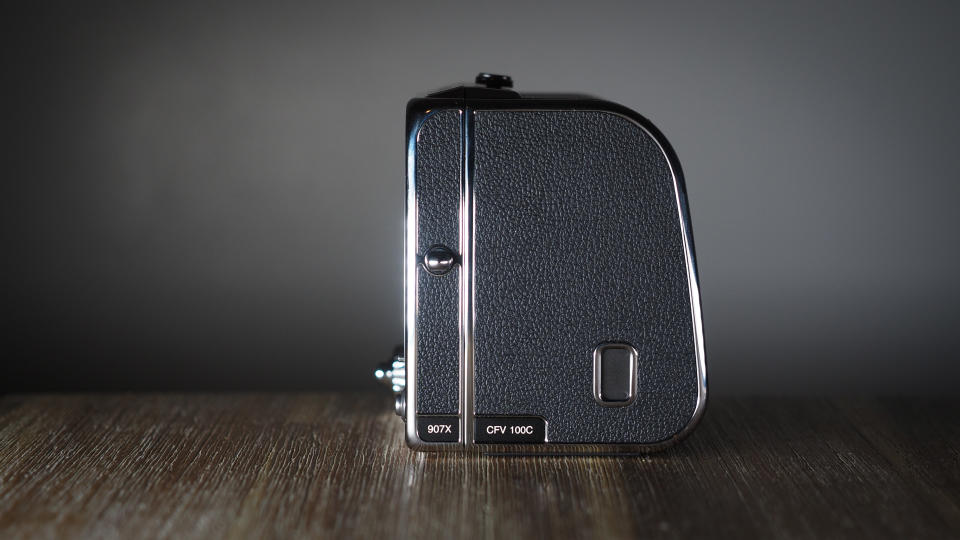
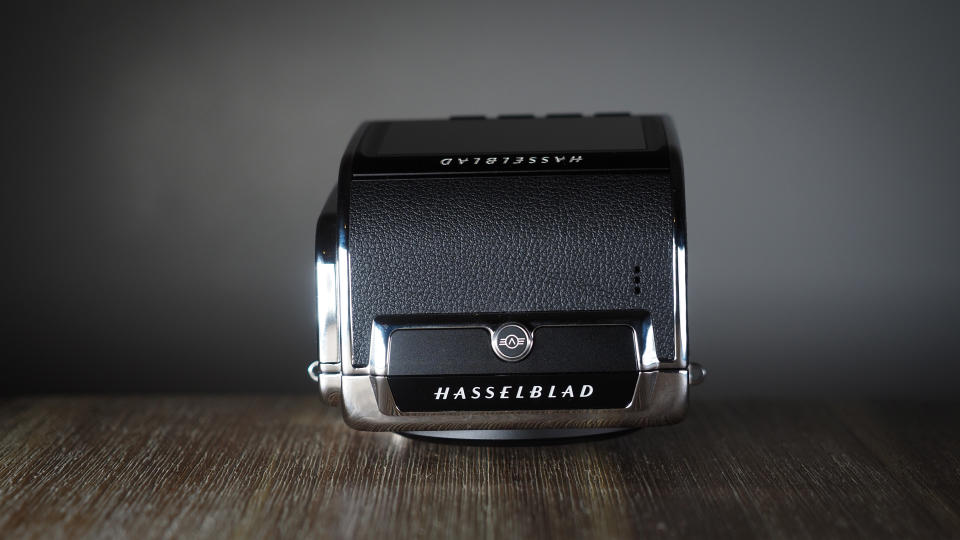
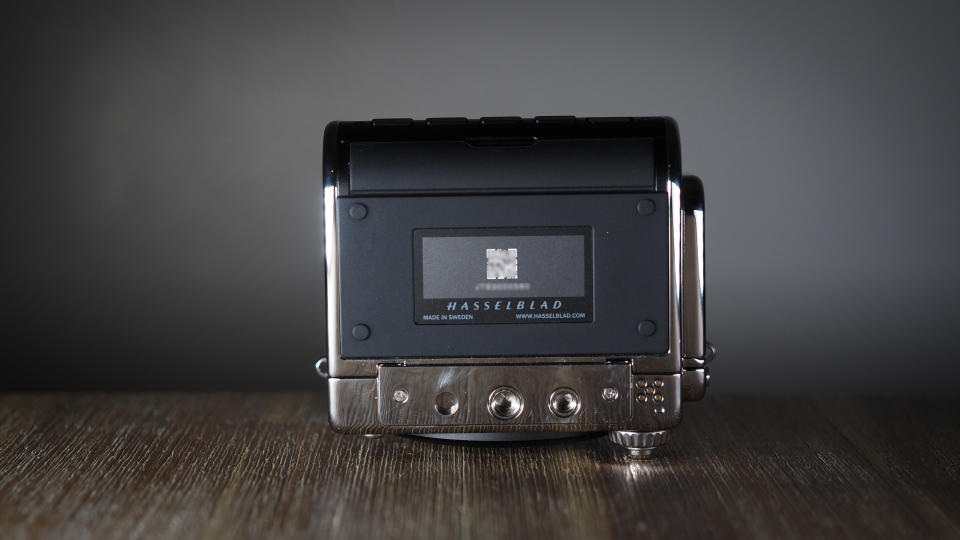
Hasselblad 907X & CFV 100C: Key features
The most obvious feature of the camera is its absolutely jaw-dropping design – a palm-sized, perfectly sculpted square body that eschews a viewfinder and ergonomics in favor of a tilting screen and touch-oriented inputs. However, this is more than just an aesthetic affectation.
This is a modular camera system that consists of two parts: the wafer-thin 907X "camera" (which is, for all intents and purposes, a mount adaptor to attach XCD lenses to the camera back) and the chunky CFV 100C digital back, which contains the 100MP image sensor, processor, rear screen, controls, battery and memory.
Inside the CFV 100C is the same 100MP sensor and phase detect-powered autofocus system as the Hasselblad X2D – which is a camera that I thoroughly adored. Thus, the new 907X combo delivers the same performance as the X2D but with a ridiculous amount of additional versatility.
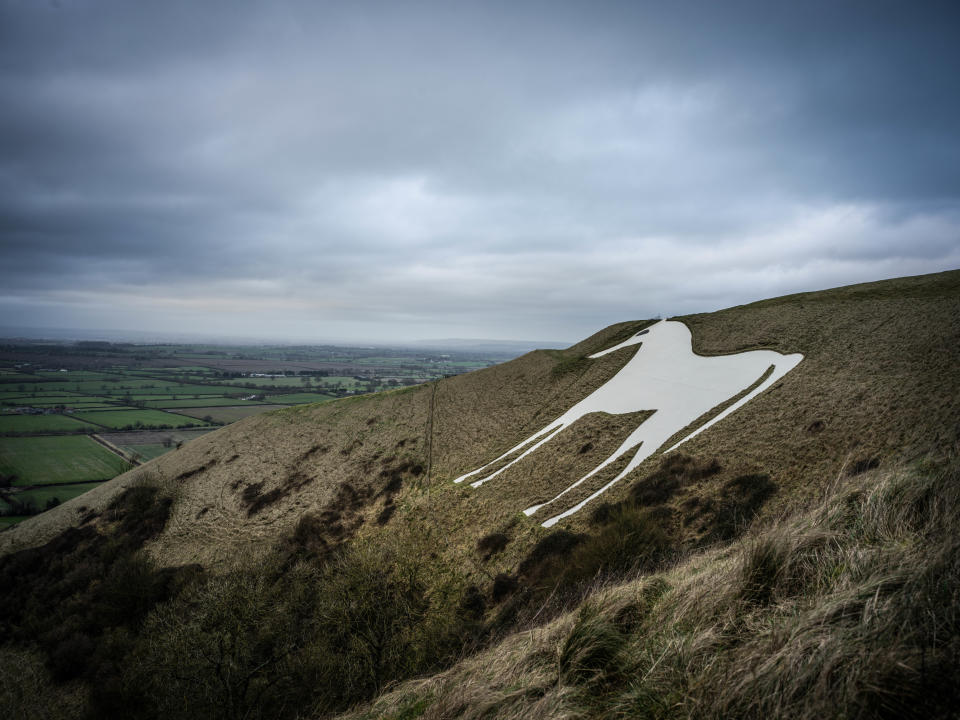
That's due to the aforementioned modularity of the system. With the CFV 100C and 907X coupled, you can mount the modern mirrorless X System Hasselblad lenses (along with HC / HCD, V and XPan glass via adapters). However, you can also take the CFV 100C and attach this digital back to technical cameras as well as Hasselblad's legacy V System film medium format cameras – including the 500 and 200 series.
Like the X2D, this system has a single CFexpress Type B slot (which only supports cards up to 512GB) along with a built-in 1TB SSD, good for around 4,700 RAWs, 4,000 RAW + JPG sets, 28,000 JPGs, 4,300 RAW + HEIF sets, or 53,000 HEIFs.
Thanks to their leaf shutter design, Hasselblad XCD lenses support flash synchronization at all shutter speeds – which is huge for a lot of studio shooting, which this system heavily caters towards.
A feature you won't find, however, is video; this camera has no video capability whatsoever. I don't think anybody on the planet is buying a Hasselblad because they want to shoot a vlog or a movie on it, but it's still worth mentioning.
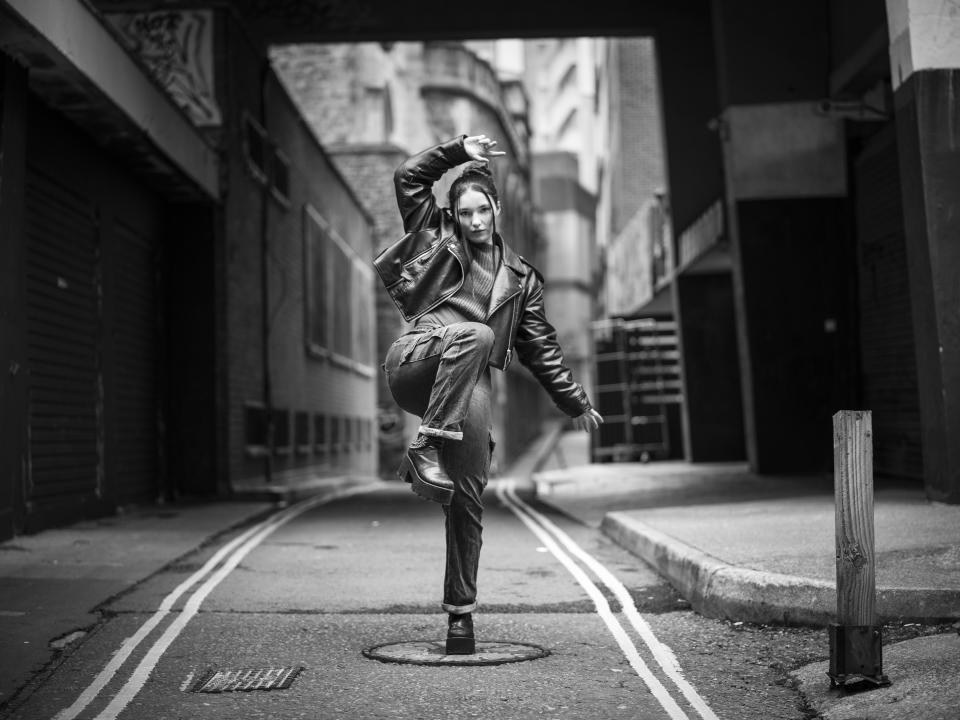
Hasselblad 907X & CFV 100C: Build & handling
The build quality of the 907X / 100C is as premium as the design. From the satisfying locking mechanism that connects body to back, through to the irresistible tactilty of the exposure dial and shutter button, the system is a marvel of exquisite precision.
While there are five buttons at the bottom of the rear screen, the camera is designed to be driven by touch – and Hasselblad's menu system and touch interface are simply unparalleled. Like a minimalist, upmarket version of Apple's UX, this is the most luxurious way you will ever change your ISO or adjust your screen brightness.
Speaking of the rear screen, it's a gorgeous 3.2-inch affair whose 2.36 million dots and 24-bit color enable you to see the glorious color depth and tonality of your images. Again, the Apple-esque pinch and swipe gestures feel like a lavish way to interact with your images.
Given that the combo is designed to be used like a classic top-down camera with a waist-level finder, such as the Hasselblad 500C, the touchscreen tilts with hard stops at 40° and 90°. An optional optical viewfinder can be attached, though the system is unequivocally intended to be used via the screen.
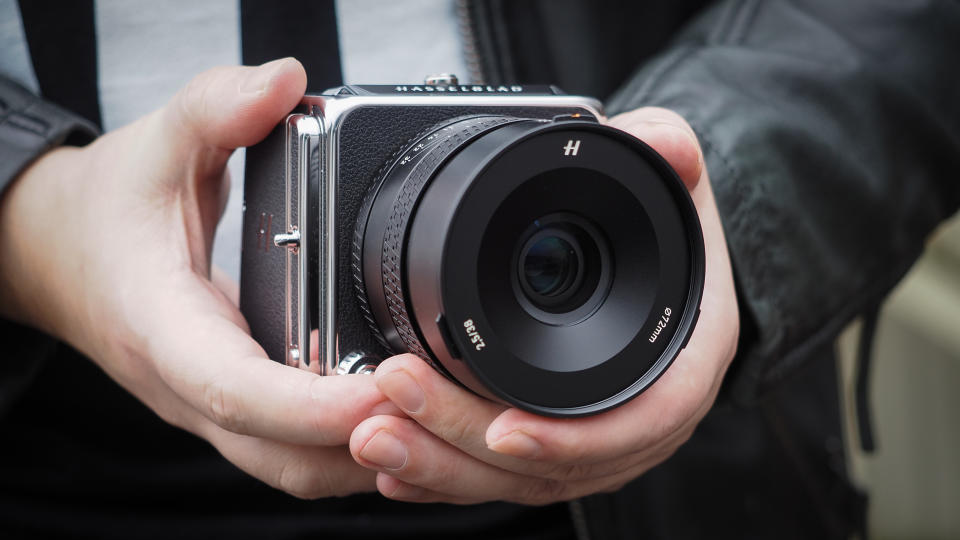
Likewise, the ergonomics (such as they are) are modeled after classic medium format "box" cameras – which is to say, this really isn't a camera designed for handheld shooting. Though should you want to, it fits incredibly well in the palm thanks to its extremely small size (at just 102 x 92 x 84mm).
The shutter is positioned in the old-school bottom-corner position, where your trigger finger naturally sits as you cradle the camera in your hand, and is surrounded by the delightfully knurled exposure dial. These are the only direct controls on the camera itself, though XCD lenses have a customizable control ring to add an extra exposure function.
A beautiful-looking grip is available for the 907X, reminiscent of old-fashioned Weegee-era press cameras, for dedicated handheld shooting. In addition to the shutter this gives you two control dials and a joystick, along with four physical buttons (two for focus control, one for playback and one for the menu).
While the grip, with or without the optical finder, feels great and works well, I don't think anyone would disagree that this camera prefers to be used on a tripod rather than handheld – particularly since it lacks any in-body image stabilization, and its 100MP resolution will instantly betray even the merest hint of laxness in your camera discipline.
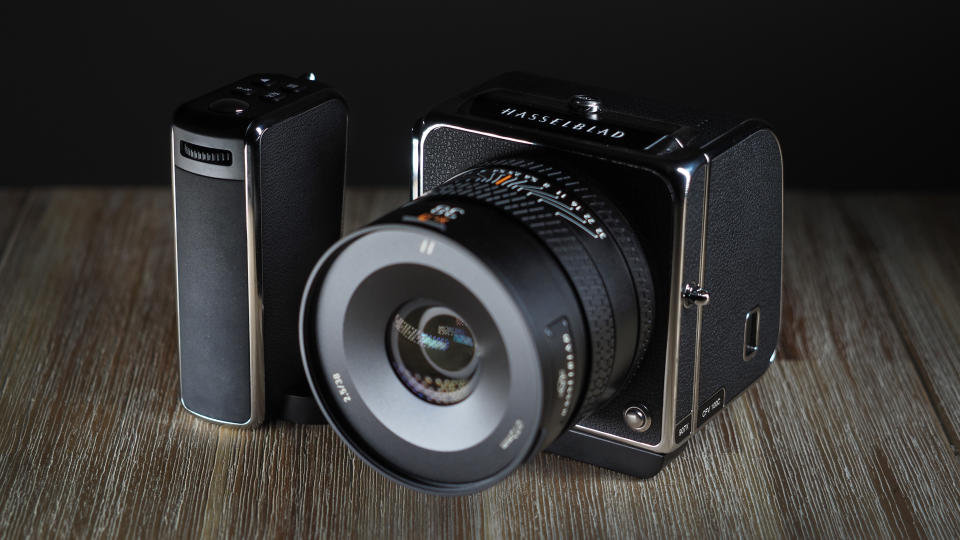
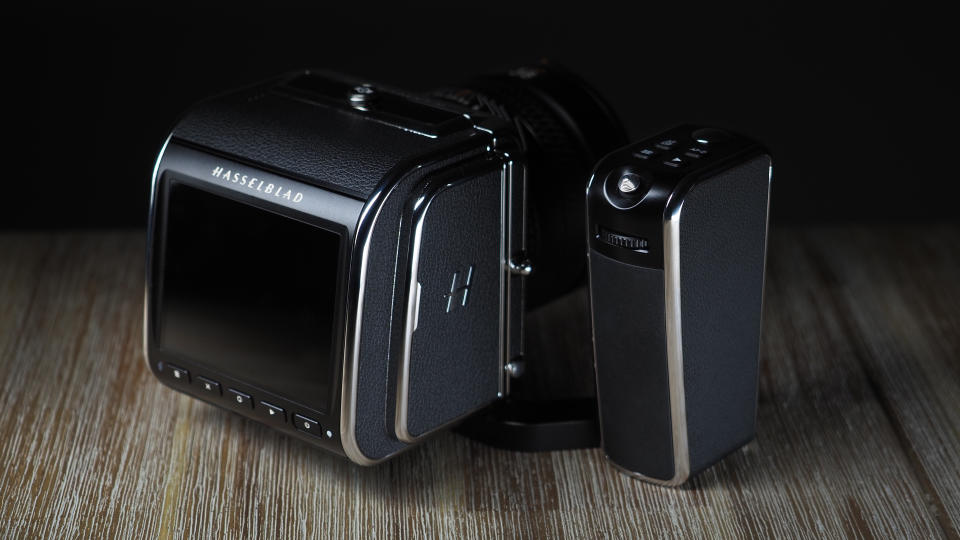
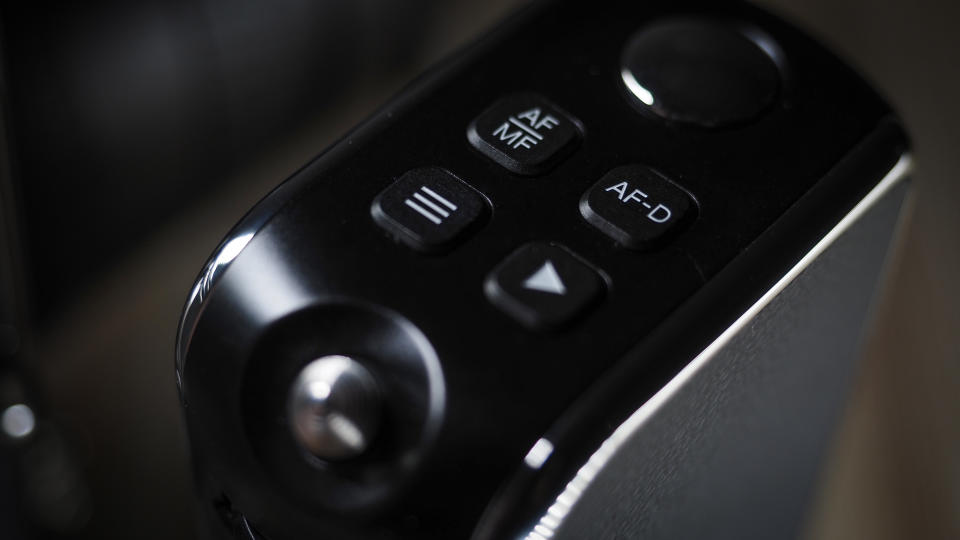
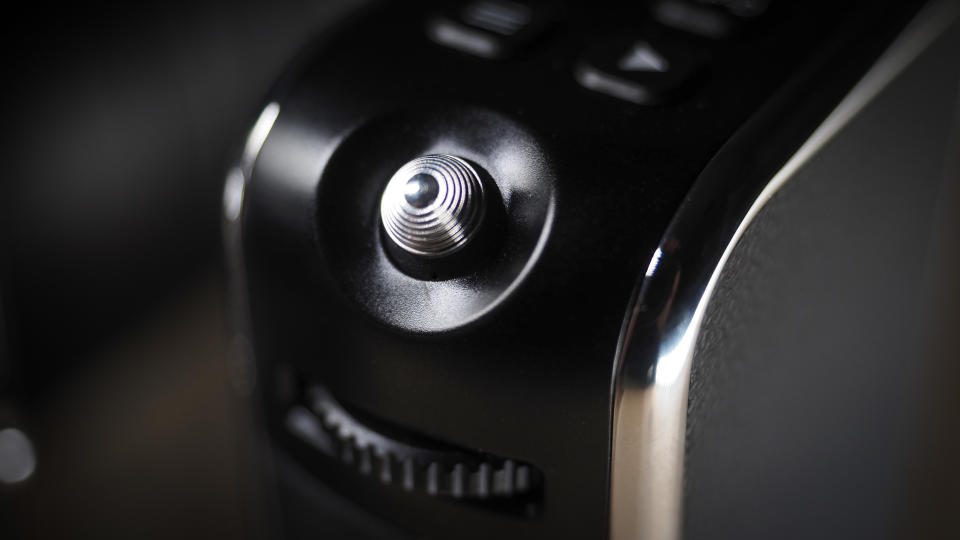
Hasselblad 907X & CFV 100C: Performance
The 907X with CFV 100C delivers genuinely incredible image quality, with unrivaled tonality and color depth. I've said it before and I stand by it: Hasselblad has the best color science in the industry. The best way I can describe Hasselblad's Natural Colour Solution technology is that it's like HDR for colors – hues and tones simply "pop" in a way that genuinely adds greater dimension to your subjects.
Of course, this being the same sensor found in the Hasselblad X2D, you can expect the same 16-bit color and 15 stops of dynamic range – along with the same phase detect autofocus system that, while not nearly as advanced as others, finds focus fast and reliably. Even though it lacks eye detection, I nonetheless found it a lot more accurate than some rival mirrorless cameras that do boast eye detect AF! And that's even with medium format's razor-thin depth of field.
While the sensor and AF system are carried over from the X2D, something that hasn't been transplanted is the seven-stop image stabilization system. And this is one more reason why, despite the groovy grip, this really isn't a camera intended for handheld shooting – especially with the severe rolling shutter.

No, the modern Hasselblad prefers to be used on a tripod rather than handheld – and it demands a deliberate, considered approach rather than rapid-fire SLR-style shooting. As such, the 907X / 100C is tailor-made for landscapes, still life, product photography, studio portraiture, and anywhere the camera can be set up stationary for measured, precise work.
That said, I took the combo out to shoot some street portraiture to give it a thorough workout both handheld and on sticks. And while this is still clearly a camera that's at its best when locked down, I found it a pretty darned formidable street shooter when paired with a monopod.
While shooting with a waist-level finder is far more meditative than run-and-gun, I actually found the compositional process much quicker and more coherent than I do when working through an eye-level viewfinder. So while I would certainly choose the X2D over this as a handheld camera for street photography, I dare say that found my scenes and compositions much more quickly with the 907X / 100C.
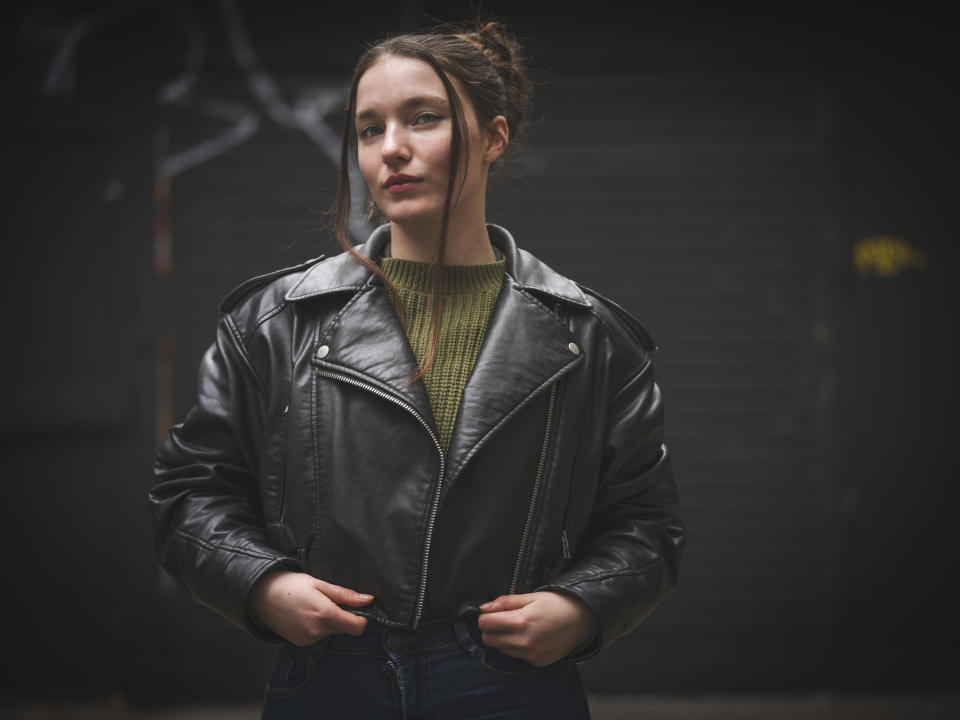
The images themselves are, as always from Hasselblad, simply sublime. In addition to the tonality and color, there is so much richness and depth packed into the files that highlights and shadows simply sing straight out of camera – though there is enormous latitude in the dynamic range to work with if you need it.
Then there's the resolution. By god, the resolution. It's nothing new, obviously, but it's easy to forget just how much flexibility 100MP gives you. Not just in terms of editorial framing (where you fill the frame knowing that an art editor or designer is probably going to crop into your image), or being able to shoot in austere aspect ratios like XPan (65:24), but also in the ability to artificially extend your focal length.
Case in point, I took the camera along to a poetry reading being held in an auditorium. I was sat up in the bleachers and only had a 90mm lens – which in full frame terms is equivalent to 70mm – but by cropping into a 100MP file I still had plenty of resolution to grab a detailed headshot. Not something that many people will do in a real-world scenario, but it's a great demonstration of what this setup is capable of (even balanced precariously on my knee, in a dim concert hall with horrible overhead lighting!).
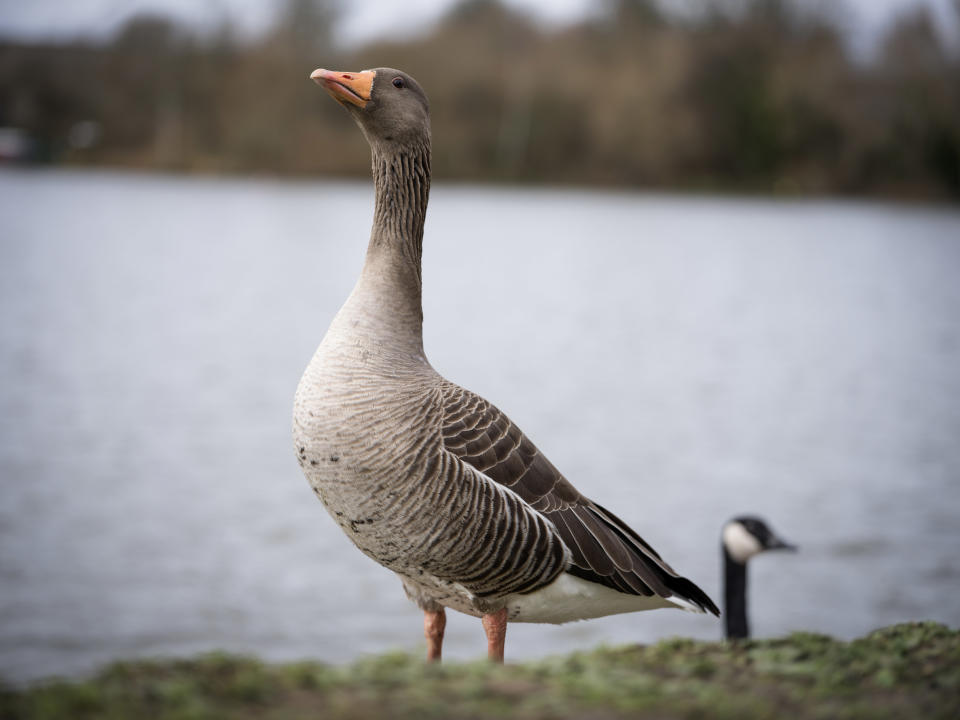
Hasselblad 907X & CFV 100C: Lab tests
For our lab data comparison we compared the 907X & CFV 100C to its sibling, the Hasselblad 907X & CFV II 50C, as well its 100MP rival from Japan, the Fujifilm GFX 100 II. We've also included the 61MP Sony A7R V, to see how an ultra-high resolution full-frame camera compares to the medium-format options.
We test resolution using Imatest charts and software, and dynamic range and signal to noise ratio with DxO Analyzer.
Resolution (line widths/picture height):
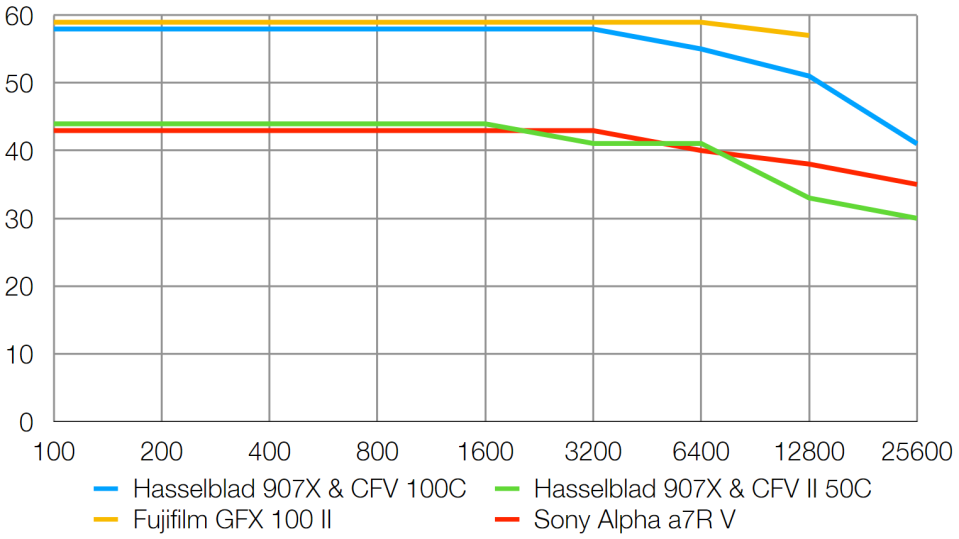
The two 100MP cameras unsurprisingly resolve almost identical detail levels, though the GFX 100 II produces clearer results at higher ISOs thanks to its slightly better image noise control. The CFV II 50C and Sony A7R V would normally win any resolution test, but in this company they're totally outclassed.
Dynamic range (EV):
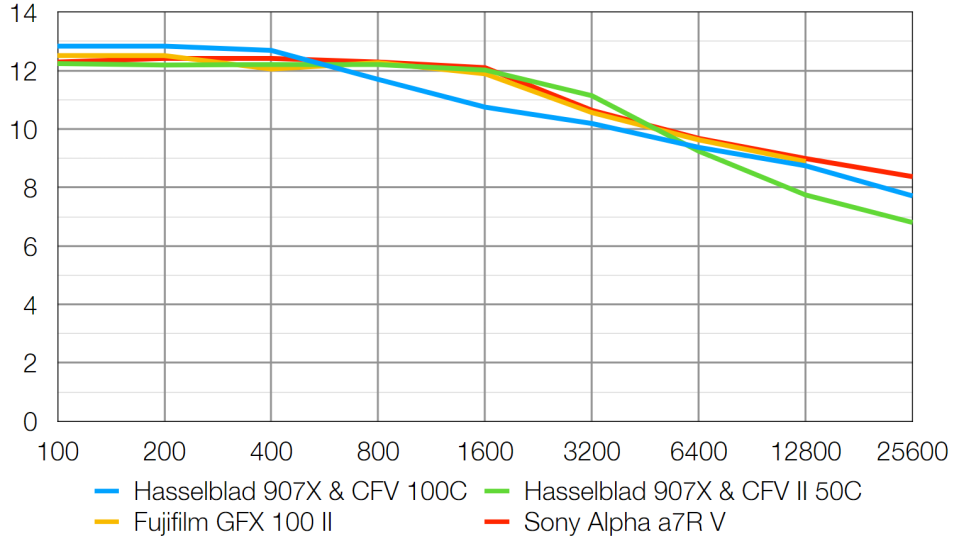
The CFV 100C leads the pack for dynamic range at low ISOs, but can't quite match the comparison cameras once sensitivities exceed ISO 400. It's still a respectable overall performance for such a pixel-packed sensor, though.
Signal to noise ratio (decibels):
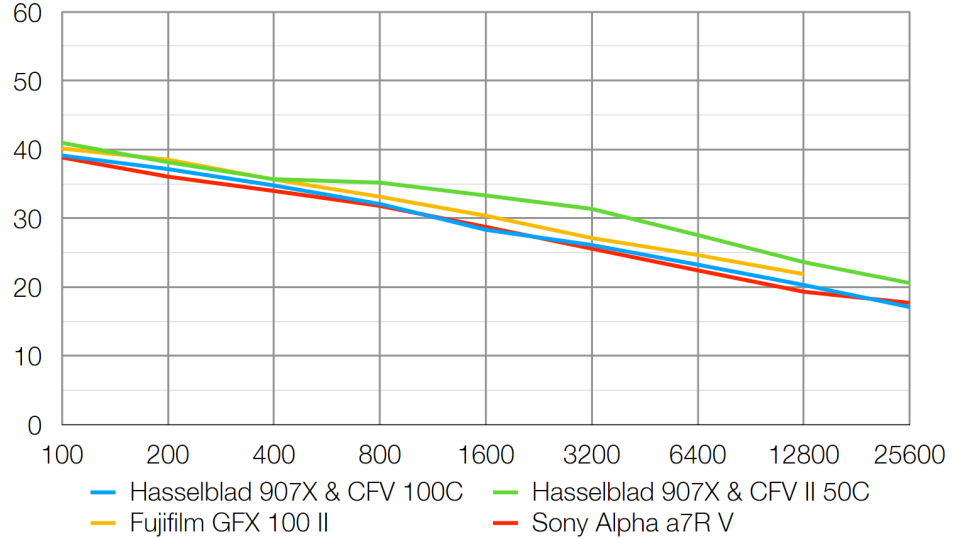
This test compares the amount of random noise generated by the camera at different ISO settings as a proportion of the actual image information (the 'signal'). Higher values are better and we expect to see the signal to ratio fall as the ISO is increased.
The CFV 100C produces similar noise levels to the Sony A7R V, while the GFX 100 II's images are slightly cleaner. However, the camera to beat here is the CFV II 50C – its relatively modest pixel count for such a large sensor area means it has larger individual pixels, which are therefore less susceptible to generating image noise.
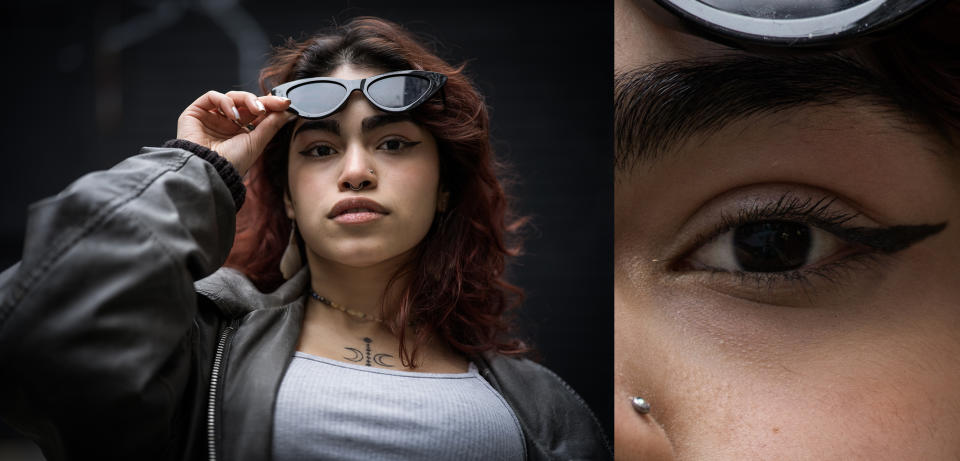
Hasselblad 907X & CFV 100C: Verdict
The Hasselblad 907X & CFV 100C is a truly unique camera system that is simultaneously single- and broad-minded. Its miraculous 100MP sensor may be surpassed by that of the Fujifilm GFX 100 II in terms of dynamic range (and in terms of resolving fine detail, albeit slightly), but I prefer the dimensionality and depth rendered by Hasselblad's color management system.
Even so, given its various limitations – the lack of viewfinder, ergonomics or stabilization – you might be wondering why anyone would pick the 907X & CFV 100C over the more conventional Hasselblad X2D. Well, I go back to the use cases I referenced above: there are some photographers who simply do not need a viewfinder, ergonomics or stabilization.
The truth is, if your work requires the use of a tripod, it doesn't matter how well the camera fits your hand – because you're not holding it. It certainly doesn't matter how much in-body image stabilization it has, given that it's on a tripod. And while a finder might be helpful for macro work, I would argue that most people using a tripod shoot on the back screen – making a viewfinder redundant. So these photographers may well wonder why anyone would pick the X2D over the 907X!
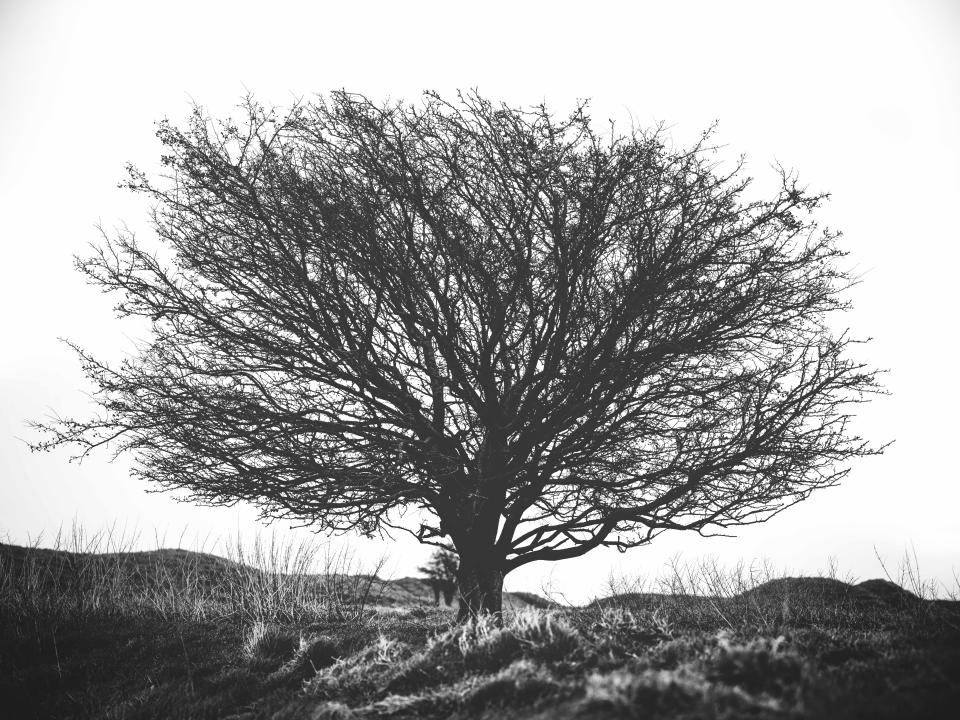
The CFV 100C also, of course, gives new life to legacy Hasselblad film bodies – instantly transforming an old 200 or 500 camera into a 100MP mirrorless powerhouse – something that the X2D (or GFX, for that matter) can't do.
You'll notice that I've deftly avoided discussing price throughout this review, because I don't think it's useful in evaluating a camera's capabilities. However, it can't be escaped that this is a $8,199 / £6,729 / AU$12,869 product – and that is an incredible amount of money.
Whether or not that represents good value depends on a lot of things, not least of which your own perspective. All I can tell you is that Hasselblad makes hand-assembled, luxury, performance cameras – and this one in particular does things that no other camera is capable of. Can you get this spec cheaper elsewhere? Yes, you can. Can you get this experience elsewhere? No, you can't.
For a certain kind of photographer, the Hasselblad 907X & CFV 100C is the ultimate medium format camera. If you miss working with a waist-level finder, if your work is primarily studio or tripod-based, if you like to be meaningful and measured in your shooting, and if you want the Rolls Royce of photographic equipment, this is the system for you.
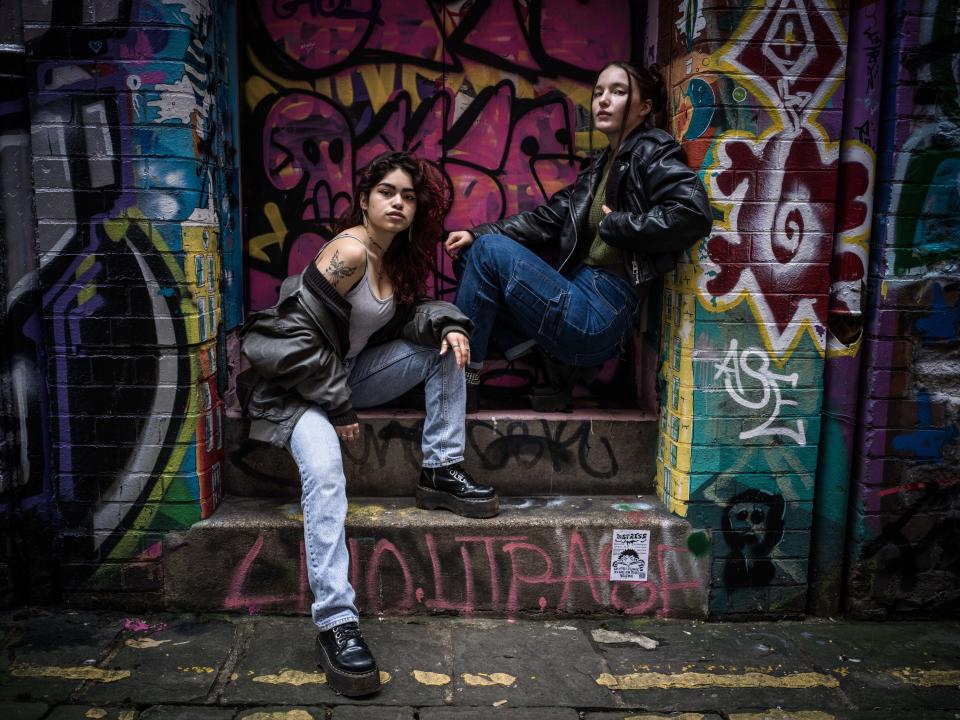
Take a look at the best Hasselblad cameras – which are among the best medium format cameras – and the best Hasselblad lenses.

